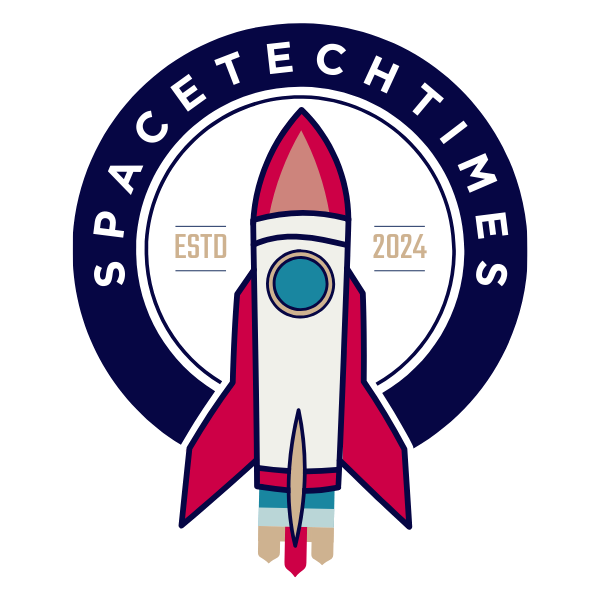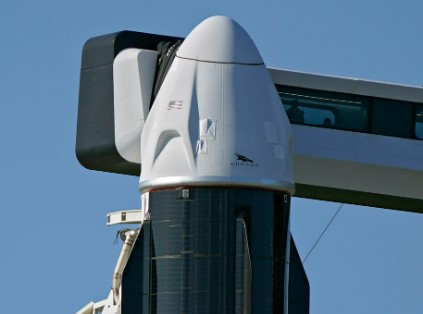Saudi Arabia has made history by launching its first space research mission, marking a significant milestone in the country’s scientific and technological advancement.
A Bold Step into Space
In the early hours of Tuesday, April 1, a SpaceX Falcon 9 rocket lifted off from Florida, USA, carrying an important experiment aimed at studying the effects of microgravity on human health.
This mission falls under Saudi Arabia’s FRAM-2 project, a groundbreaking initiative focused on understanding how space conditions impact the human body. The key objective of this mission is to examine changes in the human eye’s microbiome—the collection of tiny organisms that live on the eye’s surface.
Scientists believe that spending long periods in space may disrupt these microorganisms, potentially leading to vision problems for astronauts.
Elon Musk’s SpaceX Launched Crewed Mission with Chinese Crypto Magnate’s Millions
This research is crucial because astronauts who spend months in space often experience vision issues. Some report blurry eyesight, while others suffer from long-term changes in their vision. Scientists suspect that the absence of gravity affects fluid movement inside the body, causing pressure on the eye. However, there is another possible factor that has not been extensively studied—the microbiome.
Saudi Arabia’s involvement in this research is a major step toward establishing the country as a global player in space science. This mission is not only a scientific breakthrough but also a testament to the nation’s commitment to advancing space technology.
Why Study the Human Eye in Space?
Human bodies are designed to function in Earth’s environment, where gravity plays a key role in circulation, fluid balance, and organ function. However, space presents an entirely different set of conditions. Microgravity, increased radiation exposure, and closed environments inside spacecraft can all affect how the body responds to long-term space travel.
US Senator Warns: SpaceX Deal Could Jeopardize US Air Force’s Satellite Program
One of the biggest concerns for astronauts is vision impairment. Several astronauts who have spent months aboard the International Space Station (ISS) have returned to Earth with changes in their eyesight. Some have even suffered from permanent vision problems. Scientists believe that fluid shifts in microgravity may be responsible, as the redistribution of bodily fluids can put extra pressure on the eyeball, causing it to change shape.
However, there is another lesser-known factor that may contribute to vision problems—the eye microbiome. The microbiome is a collection of tiny bacteria and microorganisms that live on human tissues and play a crucial role in maintaining health. On Earth, these microbes help prevent infections and regulate various bodily functions.
But in space, the microbiome may behave differently. With reduced gravity, increased exposure to radiation, and a controlled spacecraft environment, scientists suspect that these microbes could change, potentially leading to new eye-related health risks. Understanding these changes is critical for ensuring astronauts’ well-being during long-duration missions, such as future expeditions to Mars and beyond.
Bold Journey: SpaceX’s Daring Polaris Dawn Mission Amid Astronaut Rescue
The research conducted under Saudi Arabia’s FRAM-2 project will help scientists develop medical guidelines to monitor and protect astronauts’ vision in space. The findings could also have implications for eye care treatments on Earth, especially for individuals suffering from conditions related to microbial imbalances.
Saudi Arabia’s Vision for Space Research
Saudi Arabia’s entry into space research is a major step forward for the country’s scientific ambitions. In 2020, Saudi Arabia announced a $2.1 billion investment in space exploration, aiming to become a significant player in global space research. The FRAM-2 project represents the first step in this larger vision, focusing on medical research that could benefit future space missions.
By partnering with SpaceX, Saudi Arabia has demonstrated its ability to collaborate with leading global space organizations. This mission highlights the country’s commitment to advancing space technology and medical research. The knowledge gained from this project could help shape the future of astronaut health and contribute to long-duration space exploration efforts.
The FRAM-2 project is also expected to lay the groundwork for Saudi Arabia’s future contributions to space science. With a growing interest in space technology, the country is actively working toward becoming a recognized force in the global space industry.
While this is Saudi Arabia’s first space research mission, it is likely just the beginning. As the world moves toward expanded space exploration, commercial space travel, and potential human settlements beyond Earth, Saudi Arabia is positioning itself at the forefront of this transformation.




